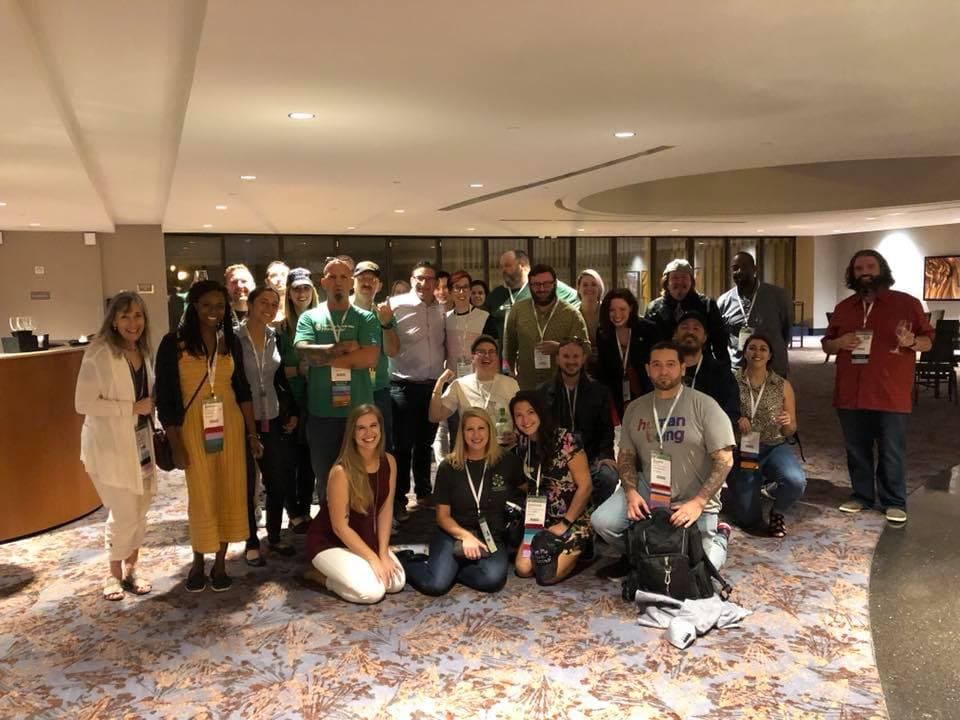As someone who has worked in the field of talent acquisition for several years now, it’s inevitable that friends and family seeking new careers and opportunities come to me for advice about job searching or wanting a resume critique. How I give advice has changed dramatically over the last year since I made the transition from recruiting to sourcing. Recently, I find myself offering help to others looking to find careers in the form of, “reverse sourcing.” As sourcers we have the best tools and research skills not just for finding candidates, but also information. Everything we know and the resources we have can work the other way and allow us to be powerful in helping friends “source, the sourcers.” These are the primary touch points I cover when priming someone to get sourced.
I Give Their Online Profile an “Extreme Makeover”
These days, editing their resume is only secondary in my process. A friend of mine recently told me they were struggling to find a new job. The first thing I did was look at their LinkedIn profile. Sure enough, it had all of the hallmarks of someone who is unavailable or not seeking new opportunities. They had no profile picture, the default banner, no details under any of their experience, less than 100 connections and most importantly, they did not have the switch flipped on to let recruiters know that they were open to new opportunities. I made sure to remedy all of those things immediately.
In addition to fixing the visual aspects of their profile, I set them up with Chrome extensions so they can schedule content sharing of relevant news in their industry. I also have them set reminders to engage with at least five posts on their feed every day to get their name appearing more frequently in their network. Finally, I tell them to make ten connection requests per day with those that have worked with in the past or those whose career paths align with what they want to pursue. The bigger the potential audience for their content, the more likely others will think of them if an opportunity arises.
I Source the People They Want to Get Sourced By
I always ask them for five companies that they have applied to or are interested in exploring. Then, I assemble my boolean strings and custom search engines to find as many connections as possible within their recruiting departments. Naturally, this is followed by scraping for emails and phone numbers. Usually, once I deliver detailed profiles and contact information of recruiters to the job seeker, the first reaction is, “Won’t they think I’m creepy for finding all this information?” My response is always if they’re a sourcer, chances are they’ll be impressed. Ultimately, my goal is to arm them with my sourcing tools to bypass getting lost in a sea of other candidates in an ATS. In addition to finding information about the TA team, I research as much as I can about each company to ensure that it’s the right fit for what they want for their careers.
I Encourage them to Find Ways Become an Active Voice in Their Perspective Industries
Through my own experience of getting “sourced” as a result of blogging for SourceCon, it made me realize how often active job seekers are unwittingly making it easy for themselves not to be found. Recently, I have heard from friends that they are consciously trying to “unplug” from social media and online communities. This is understandable as tech addiction is a real issue. Many people are finding it necessary to cut back on screen time for their health and well-being. Unfortunately, for the “unplugged” job seeker that can mean missing out on countless opportunities.
If they’re a software engineer, I encourage them to spend time contributing to repositories on Github or Stack Overflow. Sourcing software like SeekOut is increasingly using communities like this to measure passive candidate’s skill sets. If they’re in finance, marketing, HR, etc., I encourage them to find publications looking for new authors. No matter what their profession, everyone has a story to tell and a perspective to share. Readers are hungry to watch and read stories that are relatable or helpful to their careers. It can be as simple as creating a one-minute video every week with a tip related to their industry. Sourcers and recruiters may read your blogs and watch your videos and already have the answers to their questions before they contact you.
A concerted effort toward personal branding goes a long way in the eyes of a sourcer. We rely a lot on keyword searches for skills and expertise. I think we can all agree that when we stumble upon a profile of someone who takes tangible initiatives to make waves in their industry, we feel like we’ve indeed found a purple squirrel.
